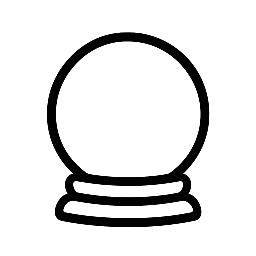The Tree of Life, also known as the Etz Chaim, is a central symbol in the mystical tradition of Kabbalah. This complex and multifaceted diagram represents the interconnectedness of the universe, the nature of the divine, and the path to spiritual enlightenment. In this article, we will delve into the mystical symbolism of the Tree of Life, exploring its history, structure, and significance in the context of Kabbalistic teachings.
History and Origins
The concept of the Tree of Life has its roots in ancient Jewish mysticism, dating back to the 13th century. The diagram is believed to have been developed by the Jewish scholar and mystic, Isaac the Blind, who used it to illustrate the relationships between the Sephirot, or divine emanations. Over time, the Tree of Life has evolved and been refined, with various interpretations and adaptations emerging in different cultures and traditions.
Structure and Symbolism
The Tree of Life consists of ten Sephirot, which are arranged in a specific pattern to represent the flow of divine energy. The Sephirot are:
- Keter (Crown): representing the infinite and the divine
- Chokhmah (Wisdom): representing creativity and inspiration
- Binah (Understanding): representing intuition and insight
- Chesed (Mercy): representing compassion and kindness
- Gevurah (Strength): representing discipline and self-control
- Tiferet (Beauty): representing balance and harmony
- Netzach (Victory): representing perseverance and determination
- Hod (Splendor): representing gratitude and appreciation
- Yesod (Foundation): representing groundedness and stability
- Malkhut (Kingdom): representing manifestation and materialization
Each Sephirah is connected to the others through a network of pathways, representing the flow of energy and the relationships between the different aspects of the divine. The Tree of Life is often depicted with 22 pathways, which correspond to the 22 letters of the Hebrew alphabet.
Interpretations and Applications
The Tree of Life has been interpreted and applied in various ways, depending on the tradition and context. Some common interpretations include:
- Mapping the journey of the soul: the Tree of Life is seen as a diagram of the soul’s journey, with each Sephirah representing a stage of spiritual development and growth.
- Understanding the nature of the divine: the Tree of Life is used to represent the relationships between the different aspects of the divine, and to understand the nature of God and the universe.
- Practical applications for spiritual growth: the Tree of Life is used as a tool for meditation, visualization, and spiritual practice, helping individuals to connect with the divine and achieve spiritual enlightenment.
Conclusion
The Tree of Life is a rich and complex symbol, full of mystical significance and depth. Through its intricate structure and interconnected pathways, it represents the harmony and balance that exist between the different aspects of the universe. As a tool for spiritual growth and self-discovery, the Tree of Life offers a powerful and enduring framework for understanding the nature of the divine and our place within it.


Leave a Reply